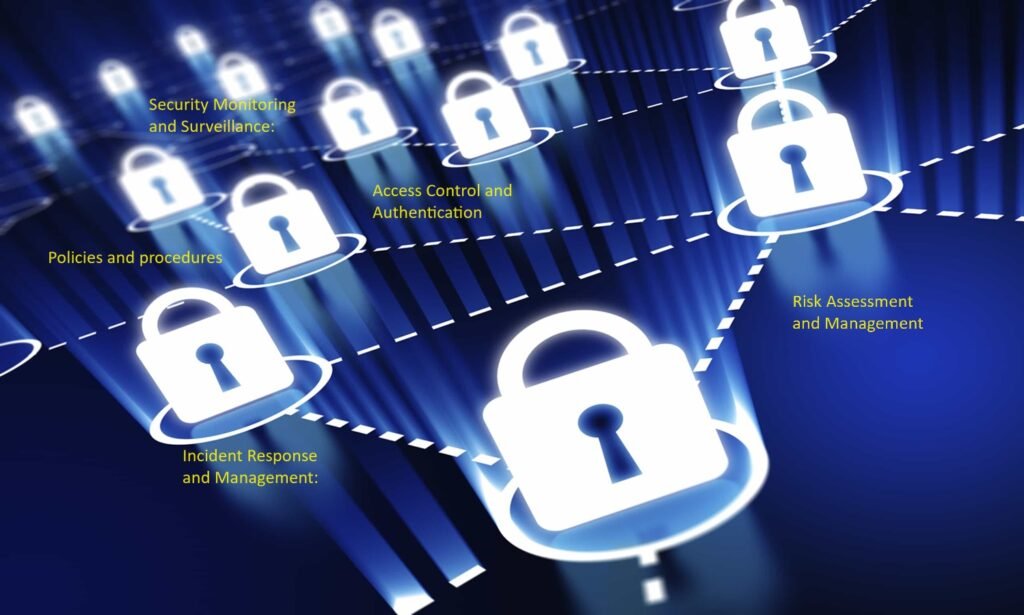Security departments in organizations are tasked with safeguarding the organization’s assets, information and personnel. Here are five key security activities that all security departments commonly focus on. It’s noticed that regular follow-ups are required to keep security activities UpToDate and relevant. While internal employees manage, monitor & maintain, Organizations can hire Catalyst consultants to help their internal teams in facilitating training and follow-up’s.
Security policies and procedures:
Security departments derive security policies and procedures.
Risk Assessment and Management:
Security departments regularly conduct risk assessments to identify potential threats, vulnerabilities, and risks to the organization. This involves evaluating physical security, information security, and other aspects. Once risks are identified, security teams work on developing strategies to manage and mitigate these risks effectively.
Access Control and Authentication:
Controlling access to physical facilities, information systems, and sensitive data is a critical security activity. Security departments implement access control measures, such as key card systems, biometric authentication, and strict authorization protocols, to ensure that only authorized individuals have access to specific areas or information.
Incident Response and Management:
Security departments focus on developing and implementing incident response plans to effectively address and mitigate security incidents. This includes defining procedures for reporting incidents, analyzing the nature and scope of incidents, and implementing measures to contain, eradicate, and recover from security breaches.
Security Awareness and Training:
Educating employees about security best practices is essential for maintaining a secure organizational environment. Security departments often conduct training programs to raise awareness about the latest security threats, social engineering tactics, and the importance of adhering to security policies. This helps create a security-conscious culture within the organization.
Security Monitoring and Surveillance:
Continuous monitoring of the organization’s security landscape is crucial. Security departments employ tools and technologies for monitoring network traffic, system logs, and other activities to detect and respond to potential security incidents in real-time. Video surveillance, intrusion detection systems, and security information and event management (SIEM) solutions are commonly used to enhance monitoring capabilities. These activities are integral to the overall security posture of an organization.
However, it’s important to note that the specific focus and priorities of a security department can vary based on the nature of the organization, industry regulations, and the evolving threat landscape. Regular reviews and

